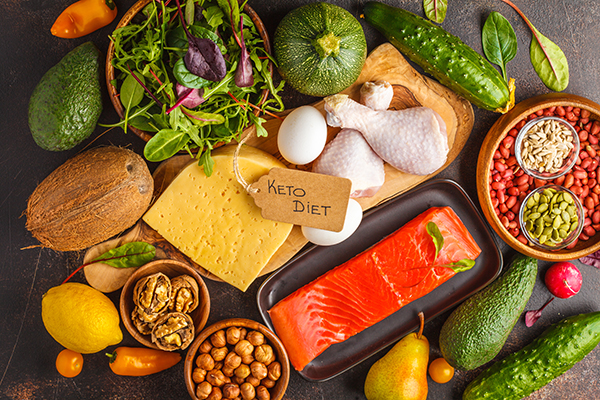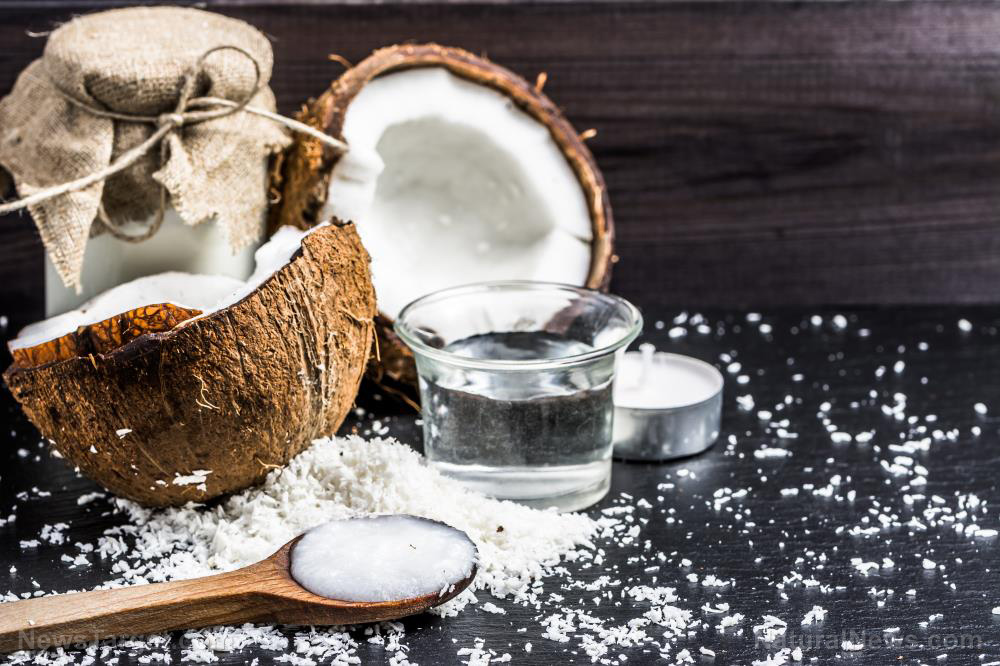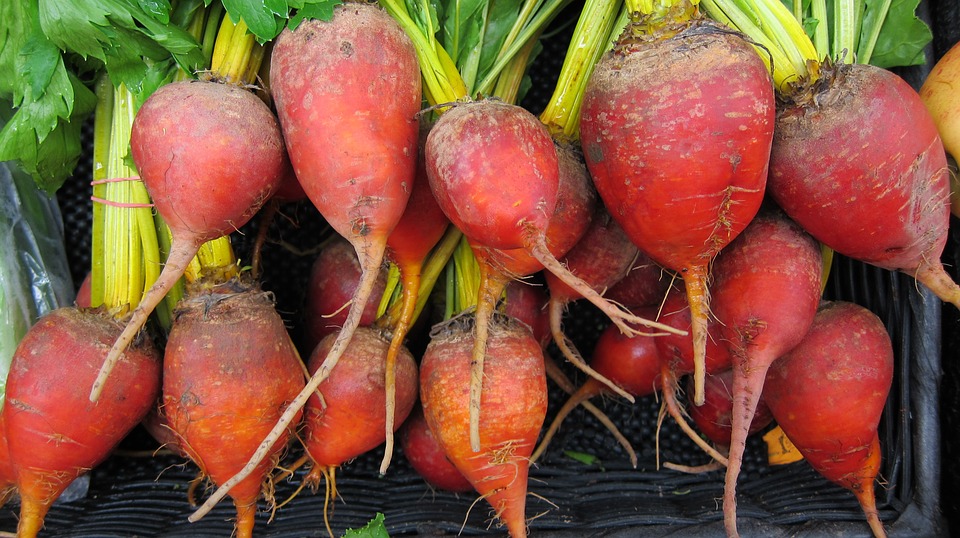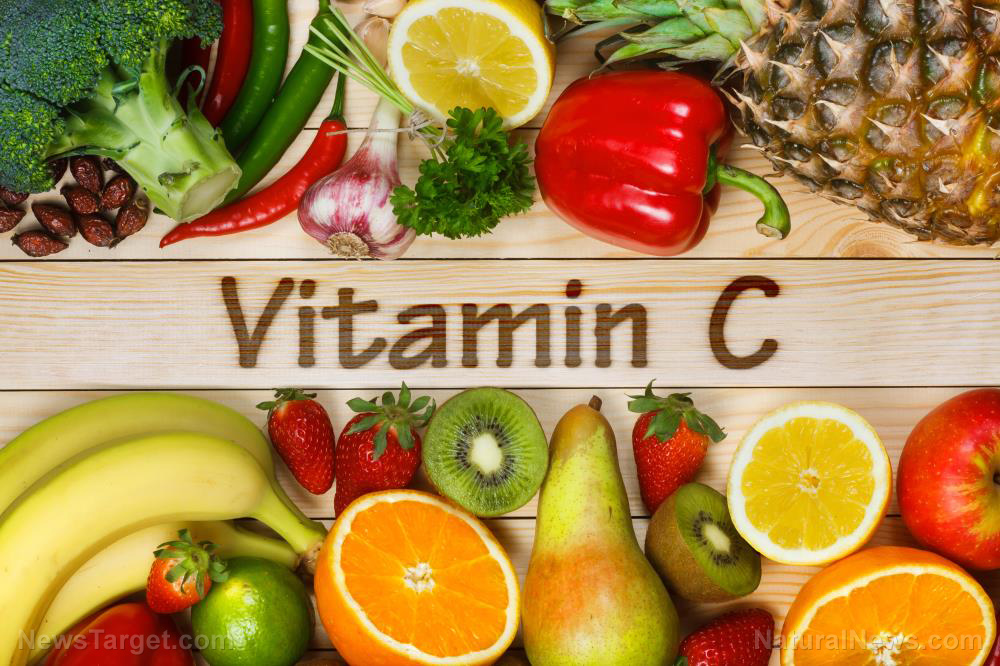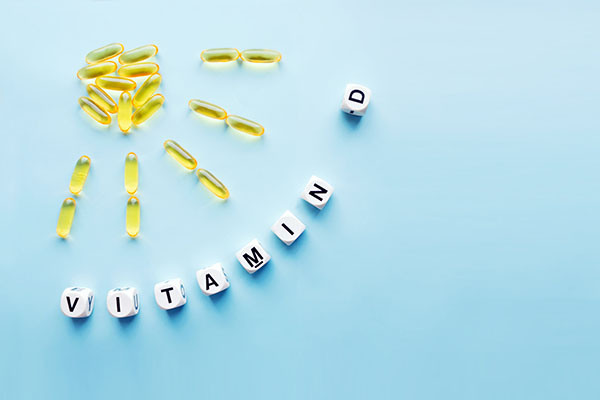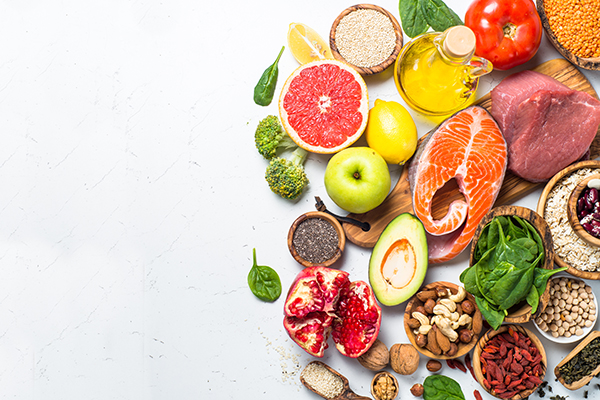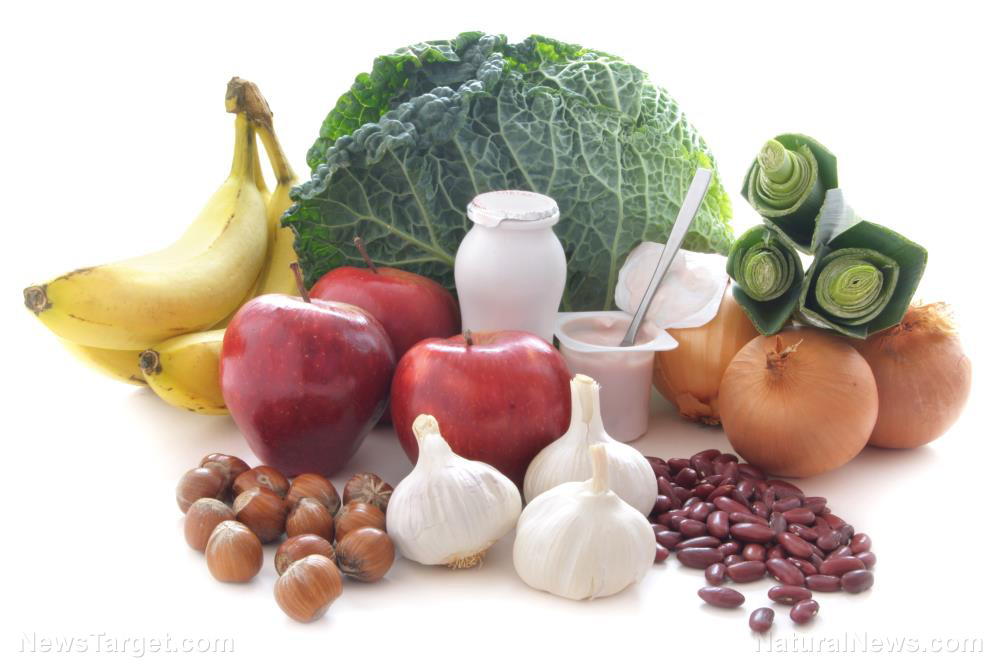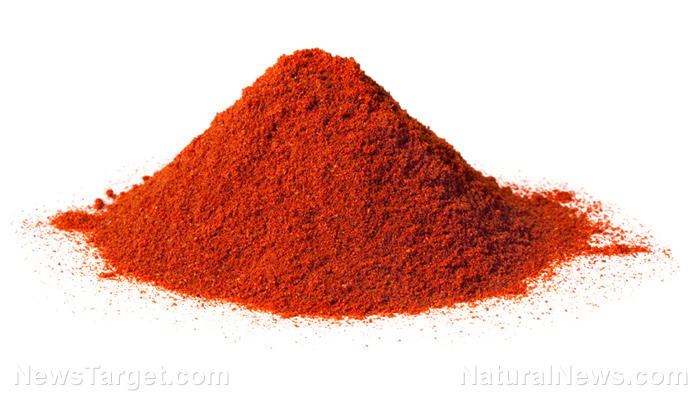“Feel G.O.O.D. Gut Health Program” on BrightU: Why elimination diet is good for you
03/26/2025 / By Jacob Thomas
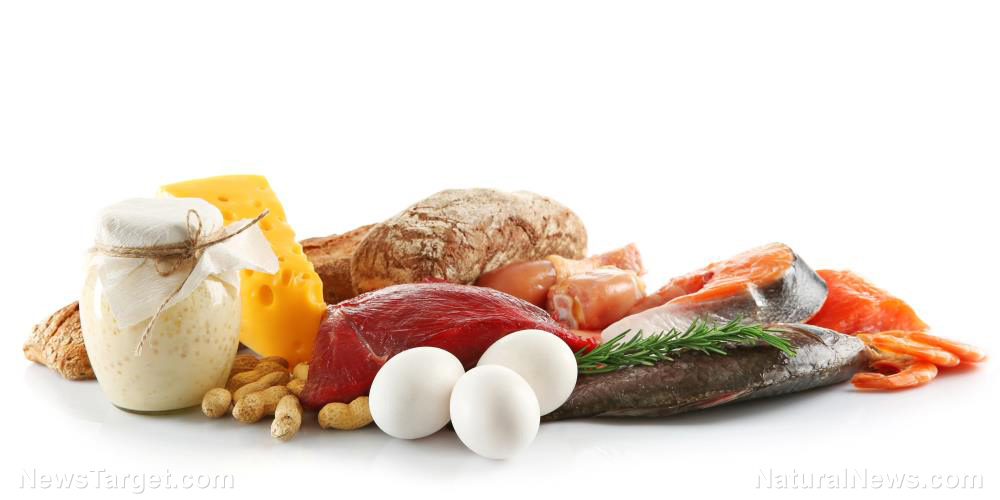
- In Episode 2 of “Feel G.O.O.D. Gut Health Program,” Dr. Basima Williams talked about the elimination diet, which involves cutting out gluten, dairy, eggs and other trigger foods for 28 days to identify how they affect your body.
- Many people fail during reintroduction by rushing, misinterpreting symptoms or introducing multiple foods at once, making it hard to pinpoint triggers. Reintroduction requires a systematic approach: add one food at a time, track reactions and space out reintroduction to avoid overwhelming the system.
- Dr. Williams emphasized balance, avoiding food fixation and using the 80-20 rule (eating anti-inflammatory foods 80% of the time) for sustainability.
- This episode featured success stories that highlighted improved health and well-being, but support from professionals or communities is recommended for those struggling with reintroduction.
In Episode 2 of “Feel G.O.O.D. Gut Health Program,” aired March 23, Dr. Basima Williams, a leading expert in functional medicine, talked about what the elimination diet is, the foods that work on your body and what doesn’t. Elimination diet is when you cut out gluten, dairy, eggs and other potential trigger foods for 28 days.
Surviving the restriction phase is one thing, but mastering the reintroduction process is where many people stumble—often unknowingly triggering symptoms by rushing or misinterpreting their body’s signals. This is where most people fail—rushing the process, misreading their body’s signals, or unknowingly stacking the odds against themselves, said Dr. Williams. “If you don’t do reintroduction right, you won’t know what foods work for your body and what doesn’t,” Dr. Williams warned. “There are no shortcuts.”
According to Dr. Williams, one of the most common pitfalls is reintroducing multiple foods at once, making it impossible to pinpoint which food triggers symptoms. “If you reintroduce more than one food, you’ll never know what caused your reaction,” she warned. Another mistake is timing. “Never reintroduce foods during times of stress, PMS or illness,” she advised, as these variables can mask or mimic symptoms, leading to false conclusions about food tolerance.
The solution? A systematic, step-by-step approach. Dr. Williams outlined a tested method that prioritizes precision and patience:
- Reintroduce one food at a time: Start with a small serving (¼ of a serving on day one, ½ on day two and 1 full serving on day three). If no symptoms arise, stop the food for four days before moving on to the next.
- Keep a food-symptom tracker: This journal will help you correlate physical reactions with specific foods.
- Rotate foods every three days: Even “safe” foods should be spaced out to avoid overwhelming your system and preventing new sensitivities from forming.
Dr. Williams emphasized that the goal of the elimination diet is not to restrict forever but to heal the gut and expand dietary freedom. “You want to feel empowered, not controlled by food,” she said. “The 80-20 rule helps with sustainability: eat anti-inflammatory foods 80 percent of the time and indulge 20 percent guilt-free.”
Real-life success stories highlight the power of this approach. Jennifer, a busy CEO, found relief from menopause symptoms by starting with a partial elimination diet, while Pamela, a lawyer with chronic bloating, embraced a full elimination and reintroduction plan. Both credit the structured method for their improved energy, digestion and overall well-being.
Yet, Dr. Williams cautioned against fixation. “Don’t become obsessed with every bite,” she warned, referencing orthorexia nervosa, an eating disorder marked by extreme healthy-eating habits. “The goal is balance and awareness, not perfection.”
For those struggling with reintroduction, Dr. Williams recommended seeking support. “You don’t have to do this alone,” she said. Reintroduction is the crucible that turns survival into thriving. With patience, precision and a little self-awareness, you can successfully reclaim your relationship with food.
Want to learn more?
The journey to optimal health begins in the gut. The Feel G.O.O.D. Gut Health Program offers a structured, evidence-based pathway to restore digestive harmony and, by extension, overall wellness. Embrace this opportunity to revitalize your health from the inside out and experience the profound difference a balanced gut can make in your life.
When your microbiome is out of sync, your entire body feels the effects. If you want to learn more about how you can reset your system and start feeling the vitality you yearn for, or if you want to own and view the presentations at your convenience and learn at your own pace, you can get your copy of the Feel G.O.O.D. Gut Health Program Package here.
Upon purchase, you will receive lifetime access to five life-changing, gut health modules and bonuses, including 20 Recipe Cards – Anti-inflammatory Meals (PDF), Feel Good Gut Health eBook (PDF), EMF eBook Guide (PDF), an invite to join Dr. Basima Williams’ Feel G.O.O.D. Gut Health Facebook Community and three Recorded Live Q&A.
Sources include:
Submit a correction >>
Tagged Under:
#nutrition, 80-20 rule, carbohydrates, Clean Eating, dairy, Diets, digestion, food allergies, food plan, food reintroduction, Health and Wellness, health span, holistic health, inflammation, lifestyle medicine, longevity, optimal nutrition, orthorexia nervosa, Proteins, symptom tracking, vitality, weight loss
This article may contain statements that reflect the opinion of the author
RECENT NEWS & ARTICLES
COPYRIGHT © 2017 NUTRIENTS NEWS



